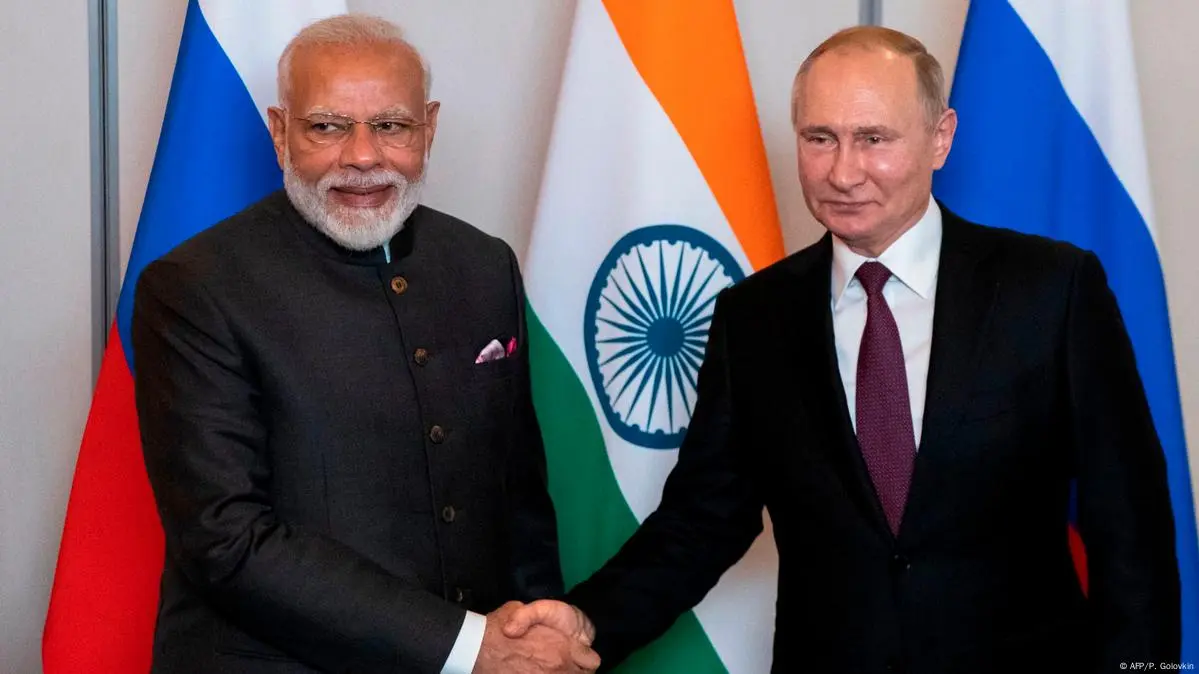India Defies US Pressure: RT Continues Broadcasting
In a bold move that underscores its independent foreign policy, India has rejected a request from the United States to shut down the Russian media outlet RT (formerly Russia Today). This decision highlights the complex dynamics of global media and international relations.
The US Request: A Delicate Diplomatic Dance
The United States, citing concerns over alleged disinformation, approached India with a request to cease RT’s operations within its borders. This move comes amidst ongoing tensions between Western nations and Russia, particularly in light of recent global events.
India’s Stance: Upholding Media Freedom
India’s refusal to comply with the US request sends a clear message about its commitment to media freedom and its non-aligned foreign policy. The Indian government maintains that it will not interfere with the operations of foreign media outlets without substantial cause.
Implications for Indo-US Relations
This decision raises questions about the potential impact on India-US relations:
- Will this create friction in the strategic partnership between the two nations?
- How might this affect cooperation in other areas, such as trade and defense?
The Bigger Picture: Media in a Multipolar World
India’s decision reflects the challenges of navigating media regulation in an increasingly multipolar world:
- Balancing free speech with concerns over disinformation
- Managing diplomatic pressures from global powers
- Asserting national sovereignty in media policy
What’s Next for RT in India?
As RT continues to broadcast in India, observers will be watching closely for any shifts in content or coverage. The outlet’s presence in one of the world’s largest media markets remains a topic of international interest.
Conclusion: A Test of Diplomatic Ties
India’s refusal to ban RT serves as a litmus test for the strength and flexibility of its relationships with both the United States and Russia. As the situation unfolds, it will undoubtedly shape discussions on media freedom, diplomatic influence, and the balance of power in global communications.

